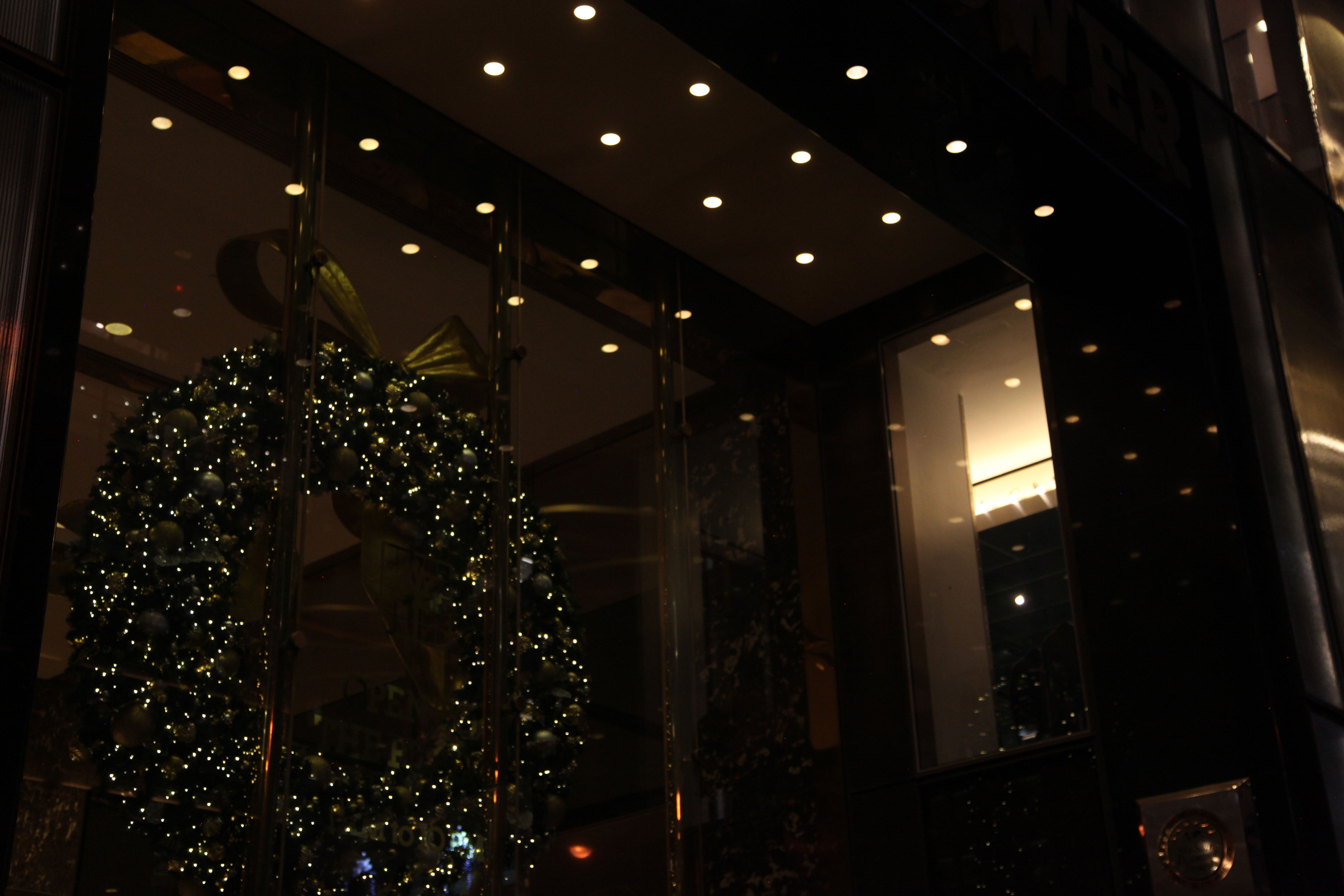Notes
1
Fredric Jameson, Postmodernism, or, The Cultural Logic of Late Capitalism (Durham, NC: Duke University Press, 1992), 47.
2
Ibid., 51.
3
Ibid., 41–42.
4
Ibid., 54.
5
J. G. Ballard, High-Rise (1975).
© 2016 e-flux and the author
